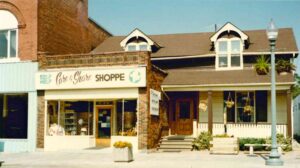Rosé wine and orange wine are like distant cousins – two very different wines, that share colour as a distinctive side of their identity.
When peeling or cutting a grape you have probably noticed that its flesh is light-coloured, regardless if it is a white or red grape. This means that colour in wine comes mostly from the colour of the grape skins.
There are plenty of exceptions here, but, generally speaking, white wine is made by crushing grapes and separating the juice, whereas, in the red winemaking process, the juice is left “soaking” with the red grape skins for a few days to achieve its characteristic darker colour. Most rosé wines have a lighter colour precisely because the juice was left with the skins for a much shorter amount of time – usually just for a few hours. And the end result is this fruity, fresh and easy-to-drink wine style that is so widely enjoyed. Some tend not to take it very seriously, but rosé can be rich in flavour, with layers and layers of complexity. Don’t dismiss it!
Now you are probably familiar with rosé wine, but have you ever tried its distant cousin, the orange wine? Let’s start by clarifying one important thing: no oranges are harmed in the process of making orange wine. There are simply no oranges involved. Orange wine is a style achieved by turning traditional white winemaking on its head – the juice is not separated from its skins after pressing, it is left “soaking”, thus a lot of colour is extracted. The end result is a deep, amber-coloured wine (orange wine is also known as amber wine or skin-contact wine).
If you have never tried orange wine make sure to take a deep breath before sipping – you are about to try something quite different. Orange wine is bold and intense, often a little sour, with notes of quince, stewed apple, nuts and honey. It’s not the easiest to find in stores but it’s worth the trouble. Pair it with Middle-Eastern dishes or aged hard cheeses for a great gastronomic experience.
Joao Carrolo
Wine Educator
Resiliency Project Manager | Latcham Art Centre


